With the horror comedy Attack of the Lederhosenzombies and the psychothriller Mein Fleisch und Blut, Dominik Hartl and Michael Ramsauer are breaking new cinematic ground in Austria. In this interview, the two auteur filmmakers (Film Academy Vienna) speak about social criticism in zombie movies, the challenges of working on a thriller screenplay, and much more.
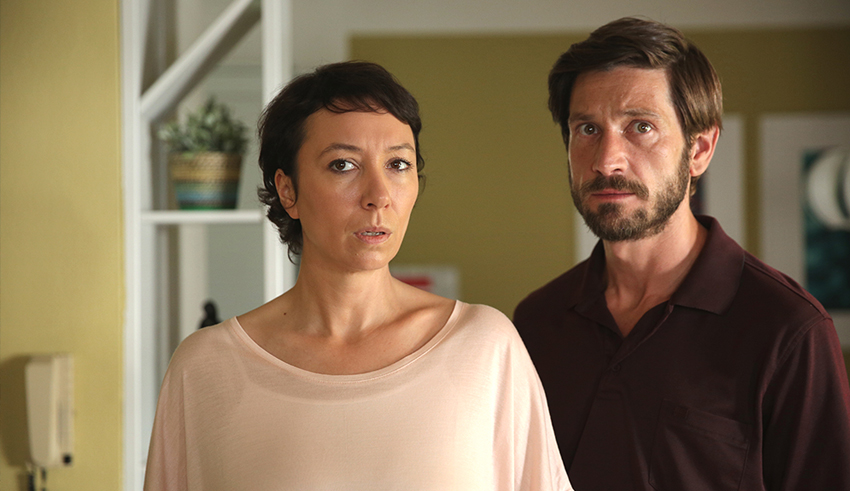
Psychothriller (Mein Fleisch und Blut) and horror comedy (Attack of the Lederhosenzombies): What’s fascinating about these genres? And what are the challenges?
Michael Ramsauer (MR): What’s fascinating about a psychothriller is figuring out the mechanisms with which to tell such a story in a way that’s exciting. And a big challenge is conveying information that’s new without revealing so much that the audience knows too much. It’s also both fascinating and daunting that there are already so many movies in the thriller genre, or for that matter genre films in general. You constantly have the feeling that it’s all been there before, but it’s still very interesting to try adding something new.
Dominik Hartl (DH): Making horror movies and comedies is just plain fun. The bigger challenge was definitely the comedy material, which is very difficult to write and to edit to begin with. The thing that still fascinates me about genre movies is that there are no excuses. You make the movie—a comedy, a horror movie, a psychothriller—and the audience either laughs or is terrified: there are no excuses for getting it wrong. People’s reactions are immediate, which is wonderful, and which is why I think the whole discourse on it is less disingenuous.
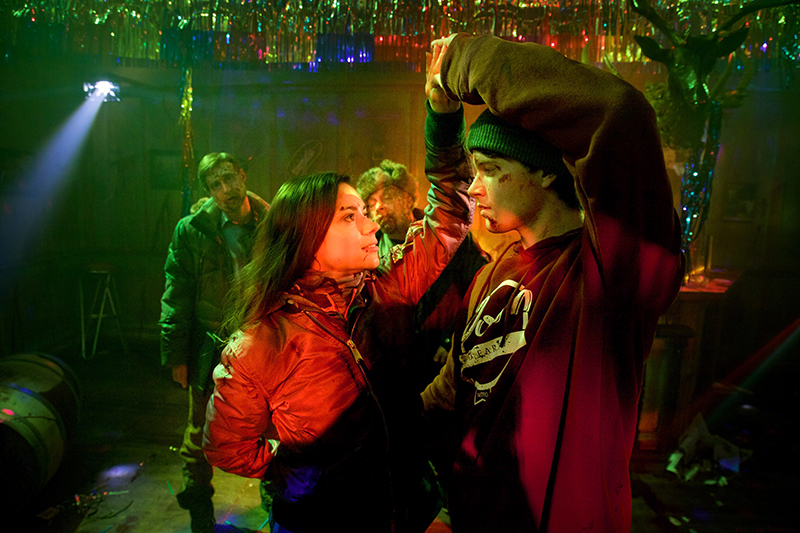
MR: It’s also riskier, because genre movies are something you just have to do well. With an arthouse film, you might be able to say afterwards: “Well, that’s how they intended it.” But that’s not the case with genre films. The intent here is clearly to have it be exciting—so if it’s not exciting, you’ve lost.
DH: I also think it’s very interesting that we’re actually doing something that’s new for Austria. The first genre film festival here was set up only very recently, and in marketing Attack of the Lederhosenzombies, I realised that the specialised distribution structures for this kind of film don’t yet exist. But at festivals abroad, on the other hand, I’ve noticed that Austria is being paid increasing attention—so on the international level, you notice that a lot indeed is happening.
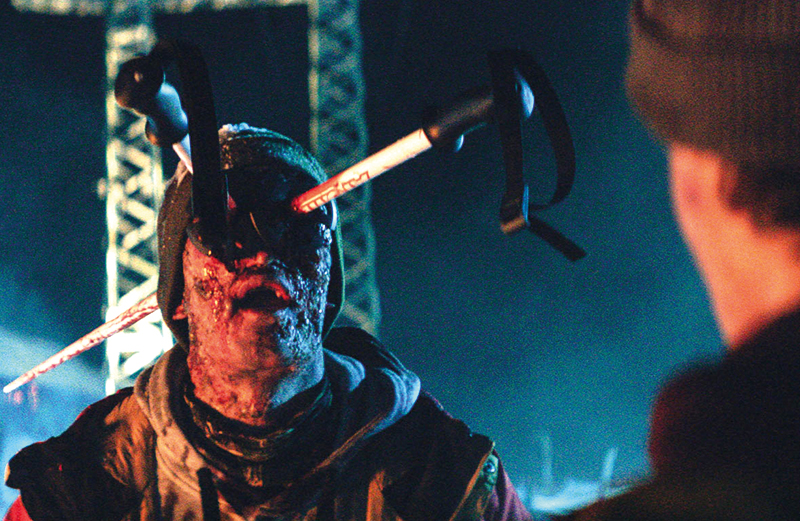
You both wrote your own screenplays. Does one think of one’s own fears, in such genres, or is it more about asking yourselves what’s exciting for the audience?
MR: It’s a combination of your own fears and what you believe strikes fear in the hearts of your viewers. I create a setting, dream up my characters, and then attempt to get the maximum amount of thrill out of them. Sometimes I’ll make things even a bit more drastic, as long as the story still works—and in Mein Fleisch und Blut, another ever-present concern was to have it be understood by the Austrian audience, in particular. Because it’s an Austrian film that makes no bones about its origins. And it’s a story that starts out in a pretty everyday fashion, in an environment that’s familiar to everyone and then becomes successively more extreme. Which always begs the question: Will the audience go along with it? Does the story make any leaps that just go too far? Ultimately, though, the audience wants to experience maximum excitement; that’s why they go to see a thriller. So their willingness to go along with things is pretty substantial.
DH: Historically speaking, Attack of the Lederhosenzombies is a bit of a special case, because we had to orient ourselves rather strongly on the technical possibilities. We had lots of ideas for action scenes that were even more refined, but those were either financially unfeasible or too complex from a technical standpoint. Another thing is that the focus here is more on the exploitation element than on character development. And at the relevant festivals, we’ve received a lot of praise for the variety of ways in which we killed our characters. For me, it’s just generally very important to make movies that I’d want to watch myself, that I’d enjoy. And analysing my screenplay after the fact, I really do realise what parts I had the most fun writing. They’re the movie’s really extreme moments.
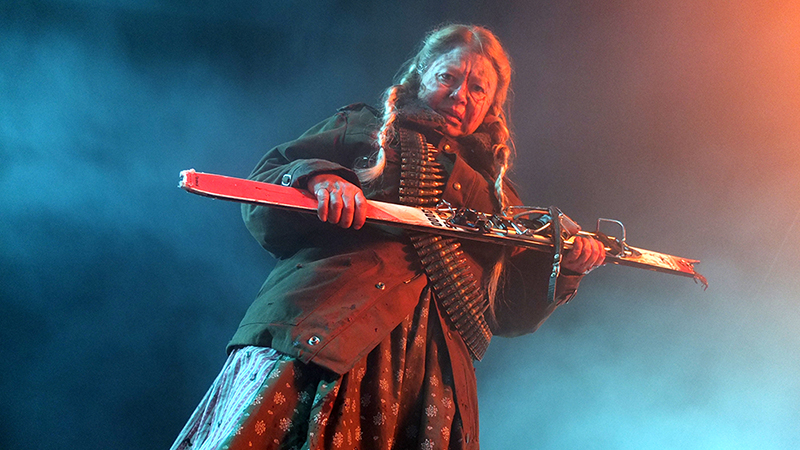
How important do you feel it is to have your movies convey a message?
DH: I think that’s a very important element—particularly in genre films. Regardless of whether it’s on a very high level. You’ll find hardly a single good genre film that doesn’t deal with something relevant. The interesting thing about genre films or high-concept films in general is that messages are transmitted in a very direct way. One concrete example is Jurassic Park [USA 1993, Dir.: Steven Spielberg—Ed.], which I view as being not about dinosaurs, but about a couple where the woman wants to start a family but the man isn’t quite ready yet. It’s a movie about assuming the responsibility of parenting. So really, in any good genre or horror movie, it’s never just about the monster—the monster always stands for something. Which is why it’s important to me, too, especially in a genre piece.
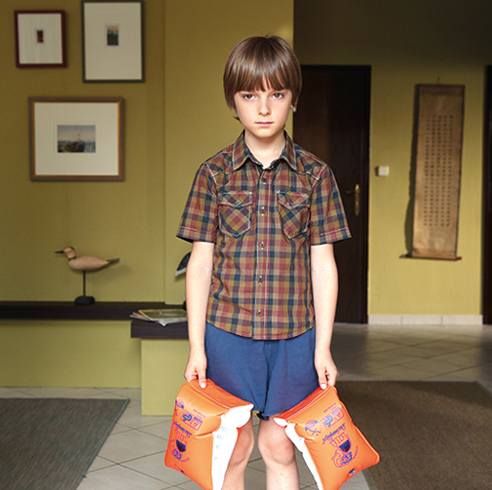
MR: For me, it’s the big theme of family, which is illuminated from all sides. A longing for the perfect family and, at the same time, that perfect family’s impossibility. Every character in the movie makes mistakes, but their motivations are always comprehensible. A family is a conglomerate of people who just plain do make mistakes, and even so, they have to find a way forward. Another interesting question is about what happens when parents fail: What does this do to their children? How do they develop if their parents can’t give them the necessary love and security? So for me, Mein Fleisch und Blut is really a “family movie”: it deals with a topic that everyone can relate to.
What models or role models do you have, film-wise?
DH: I think it’s pretty easy to see that, zombie-wise, I was rather stuck in the 1980s. Mine are true ’80s-zombies in terms of their behaviour, because over the course of time, zombies have gotten both faster and more intelligent—so something like a zombie-evolution has taken place. In terms of the movie’s aesthetic, John Carpenter and Peter Jackson were among my models. There are also newer movies that influenced me, like those by Edgar Wright—which, for their part, also hark back to the 1980s. As far as my personal taste goes, the 1980s were a golden era in terms of how movies looked—with very opulent lighting and lots of strong contrasts.
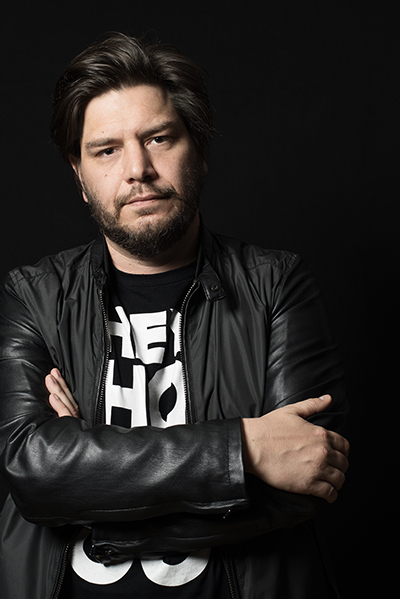
MR: For me, I’d say it’s everything that’s somehow connected with this genre—I wasn’t looking more closely at or taking inspiration from any particular filmmakers. Mentioning names like Alfred Hitchcock always sounds a bit megalomaniacal, but he was, of course, one of the founding fathers of the thriller, and he had a great understanding of its mechanics; and as a filmmaker, you’ve internalised those to such an extent that you put them into practice more or less unconsciously.
I also thought of Hitchcock when I screened your movie …
MR: It indeed does contain references to Hitchcock movies and other thrillers, as well as some subtle humour that exaggerates the genre a bit.
DH: The nice thing about the sub-genre of the zombie comedy is that there are traditions of mutual referencing. Lederhosenzombies quotes a number of movies and trends in the genre that fans will recognise—which is a lot of fun for them. And we also included a huge number of direct quotations: one dance scene, for example, is cut in exactly the same way and has exactly the same pictorial compositions as the dance scene in The Sound of Music [USA 1965, Dir.: Robert Wise—Ed.].
MR: I’m working right now on a science fiction story, and it’s very nice to move through all the references in a genre like that. You feel good knowing that there’s a community that will get your allusions and jokes; there are more special codes here than there are in other kinds of movies. So you really can quote things, secure in the knowledge that it’ll work—because it already worked in the movie that you love and from which you’re quoting.
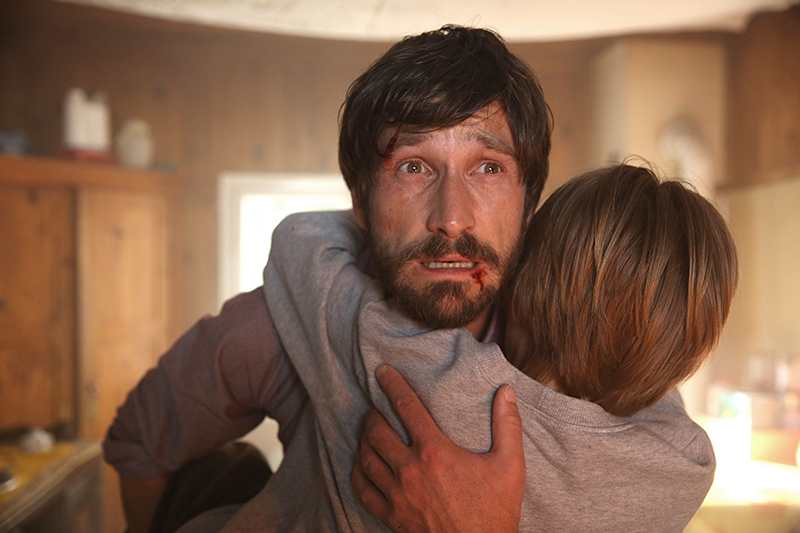
So your next project will also be a genre film, a science fiction movie?
MR: If you want to hold your own in this genre internationally, you need a certain critical mass in terms of financing that’s really hard to scrape together here in Austria—which is why, alongside the sci-fi project, I’m also working on something completely different that will be easier to realise. But I really would like to make a science fiction movie—something like the movie Super 8 [USA 2011, Dir.: J. J. Abrams—Ed.], which is about a group of young adults and represents a mix between coming-of-age, black humour, love interest, and an otherworldly mystery. I’m currently writing the treatment for that and having a lot of fun working on it. The idea came to me quite some time ago—and interestingly enough, there does seem to be a trend in this direction. I think there are a number of filmmakers who would really like to do the kinds of movies that they loved and were influenced by during the 1980s, movies like Close Encounters of the Third Kind, E.T., The Goonies, and Back to the Future.
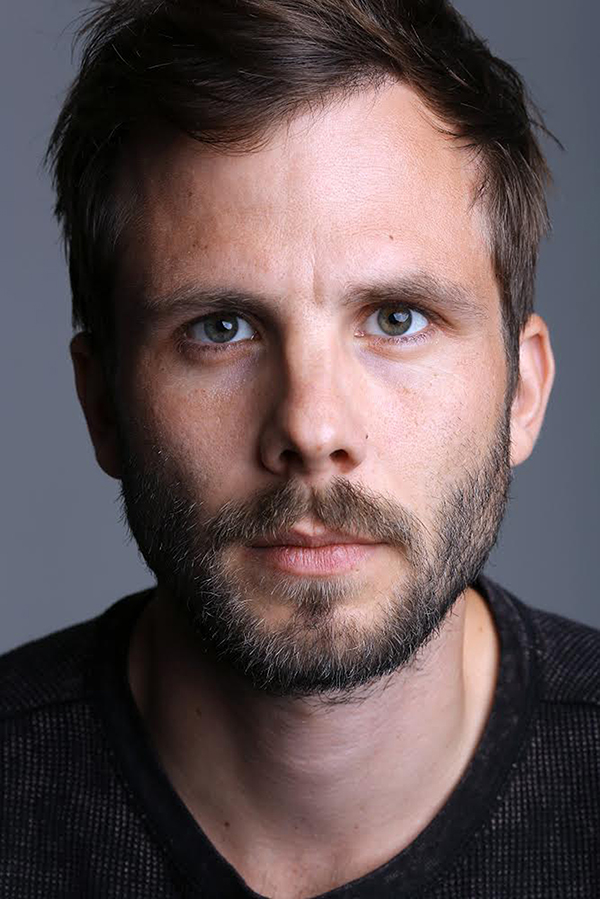
And what do you plan to do next, Dominik?
DH: Right now, I’m working on two movies: one of them, which will hopefully be filmed next year, is a combination of coming-of-age and horror movie, and it’s set during a school graduation trip. Particularly among Austrians, it’s extremely popular to go on organised graduation trips—and I was recently in one of the resorts that hosts such groups, with around 3,000–4,000 kids simultaneously celebrating having passed their exams. Every day, there, you have programming, DJs, alcohol—a great setting for a movie, with everyone having just finished school and looking to party before life gets serious. My second project is with a Berlin-based production company that approached me because of Attack of the Lederhosenzombies: we’re looking to do a horror movie set in the Arctic. In both cases, I’ll be the director, but right now I’m also doing a lot of writing—and I’m looking to develop my skills as a screenplay writer outside of genre cinema, as well.

